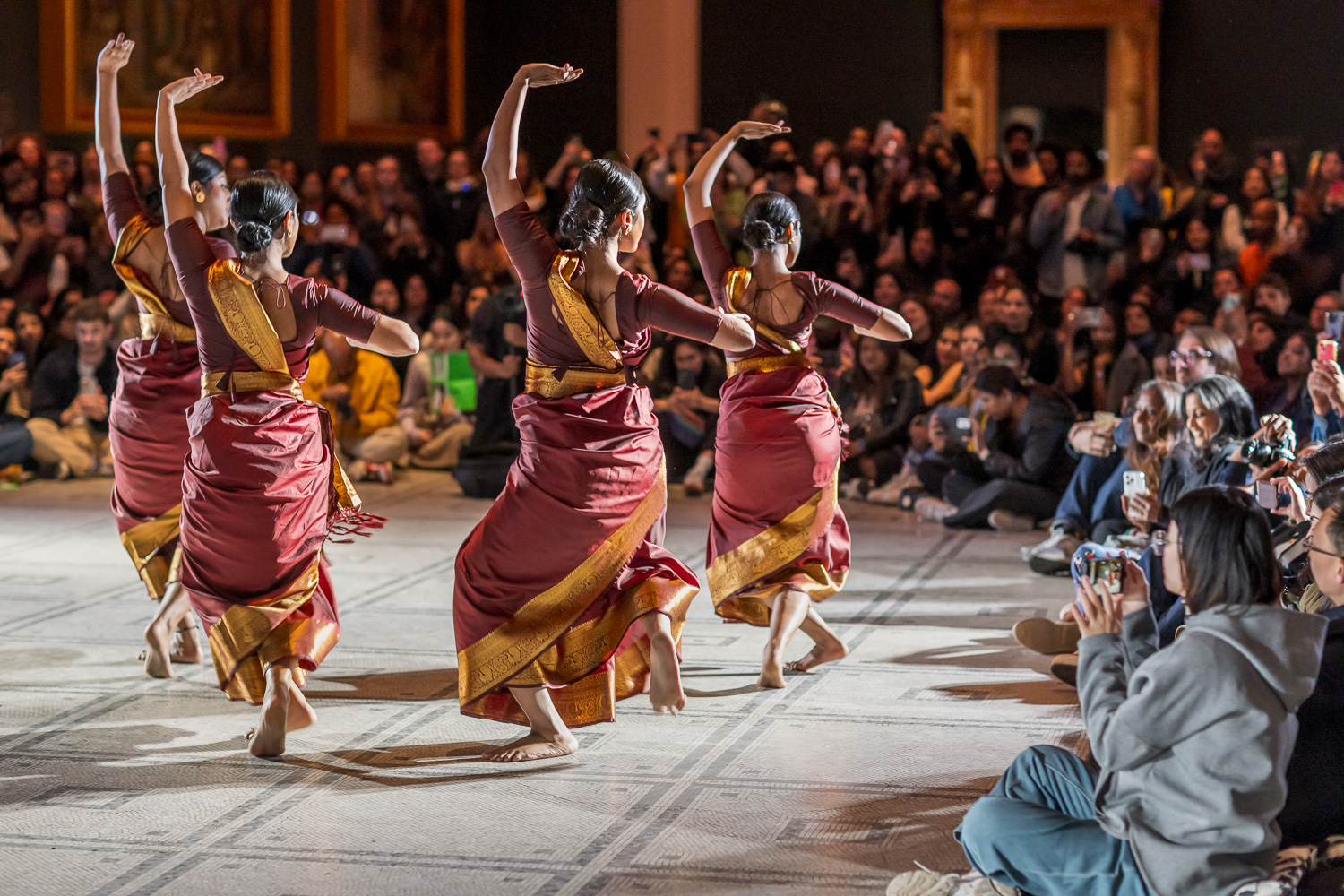
Shortly before her performance at the V&A Museum, Tamil Guardian sat down with dancer and choreographer Usha Jey to discuss her artistic journey so far.
Tell us about your performance at the V&A Museum.
As V&A is a museum that is… classified as a monument – for us, it's a big thing to come and perform over there. I'm bringing three dancers from London – it's Anekha, Araniya and Hashna – and we're gonna perform ‘Do For Love’, and we are really excited. That's why I came [to London] on Monday, so I can rehearse with them, and I think it's [going to] be fun. It's actually a piece that comes from a… video that I've created, but this is the first time that I'm making it as a stage performance. So it's a bit longer, there is some modification[s]... because to switch from video to stage performance, you can't keep the same things, right? So, yeah, I think it's the first time we're [going to] perform to an audience.
When did you start learning Bharathanatyam?
I actually studied Bharathanatyam around, like 20-21 years old, and I started to take regular classes and I'm still taking… regular classes.
That's quite a late start. Usually people start at five or six.
Yeah, people usually say that… In different interviews, I have said that I started at 20-21, and I have met a lot of dancers, actually, who started now. Also, because sometimes… if you see someone started at 20, it feels more comfortable to start also, right? So, now I see more and more dancers from France who start around that age.
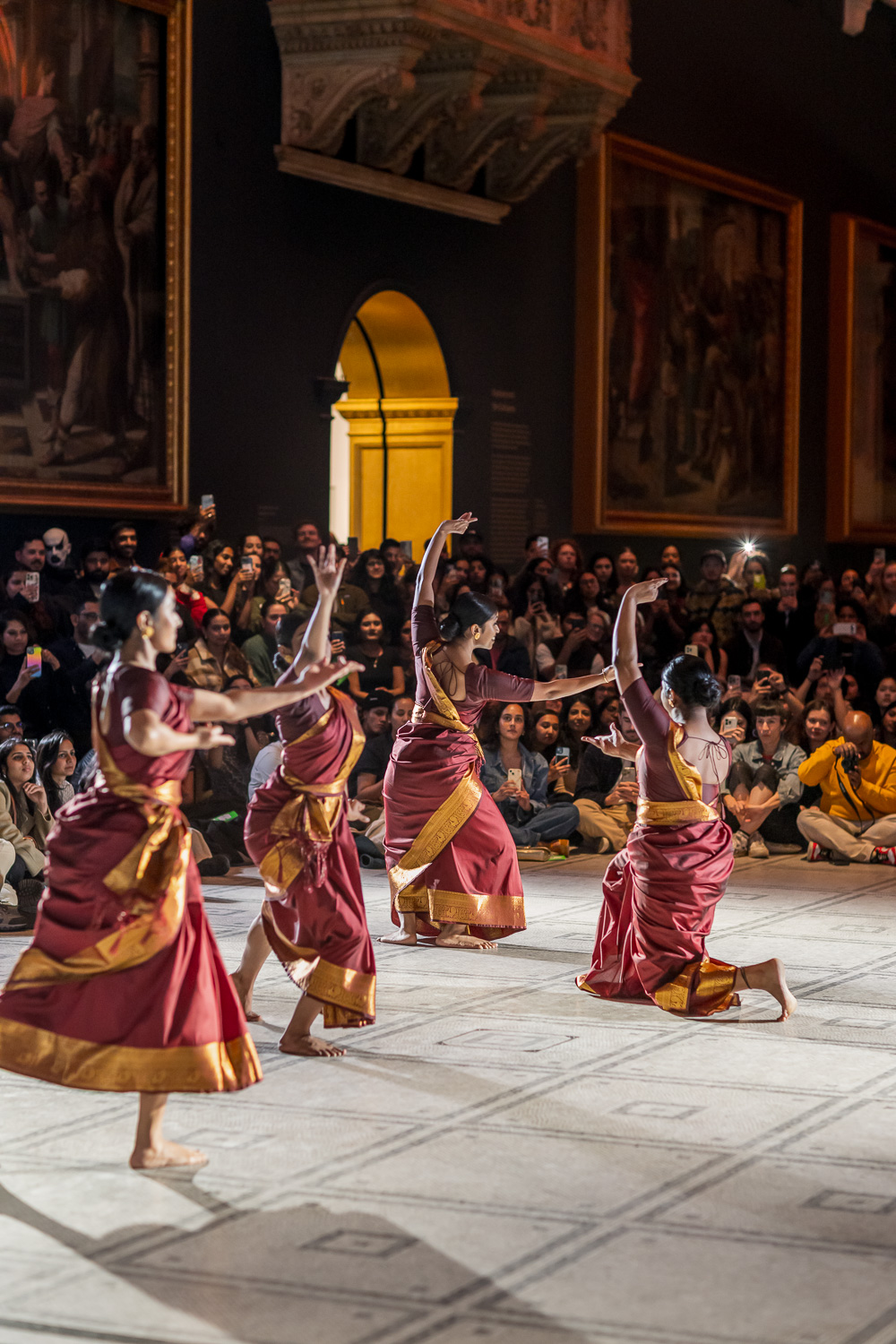
What were your immediate feelings towards it? What drew you to Bharathanatyam?
When I was younger, I always felt like it was special to me… In terms of posture and everything was… something that was always captivating me when I [went] to Aandu Vizha… but I didn't know where to start, right? So, I started with hip hop when I was 16, and then it was a way for me to connect more with my culture. So finding Bharathanatyam was a big turning point, actually, in my artistic vision.
Across the many Tamil diasporas, hip hop is a middle ground and an easy way for people to get into different kinds of culture. Is that the case for you as well? Did you grow up listening to hip hop?
Yeah, my big brother, he was making me listen to French rap… I always liked hip hop but for me, the way I ended up in hip hop class was more random. One of my friends, she wanted me to come with her for her class. And I just went there. I didn't even [know] that much about… hip hop culture. And when I went there, I just fell in love with this culture.
Now, I know more about its history… In France, there's a lot of pioneers in the hip hop scene and also in the world. So, now I'm more aware of that. And I started actually organising hip hop battles also with my collection; we organized [one] in France, but also in China and Ukraine… and finally, in Paris… And I think being part of the community – the hip hop community – like it gives you hope that, “Okay, dance can be a career also.” And you know… it really made me gain… confidence in me.
A lot of Bharathanatyam dancers grow up learning Carnatic music or singing, but seeing that you've started later in life, were you watching films, or listening to film songs?
Totally, my first love will always be Tamil songs. At home and in the car, my father always had those cassettes with those old songs that we still listen to now, because it’s cool. I’ve always been into Tamil songs, and I love Carnatic songs. I still listen to it because… it’s so special that it makes me feel more calm.
At home, it’s always Tamil songs, right? So, after school and high school, we discovered hip hop, through my brother. I did one year of Carnatic classes because… when we were younger, there was Super Singer… and I was like, "...I need to learn!" I did the exams and all; I was dedicated.
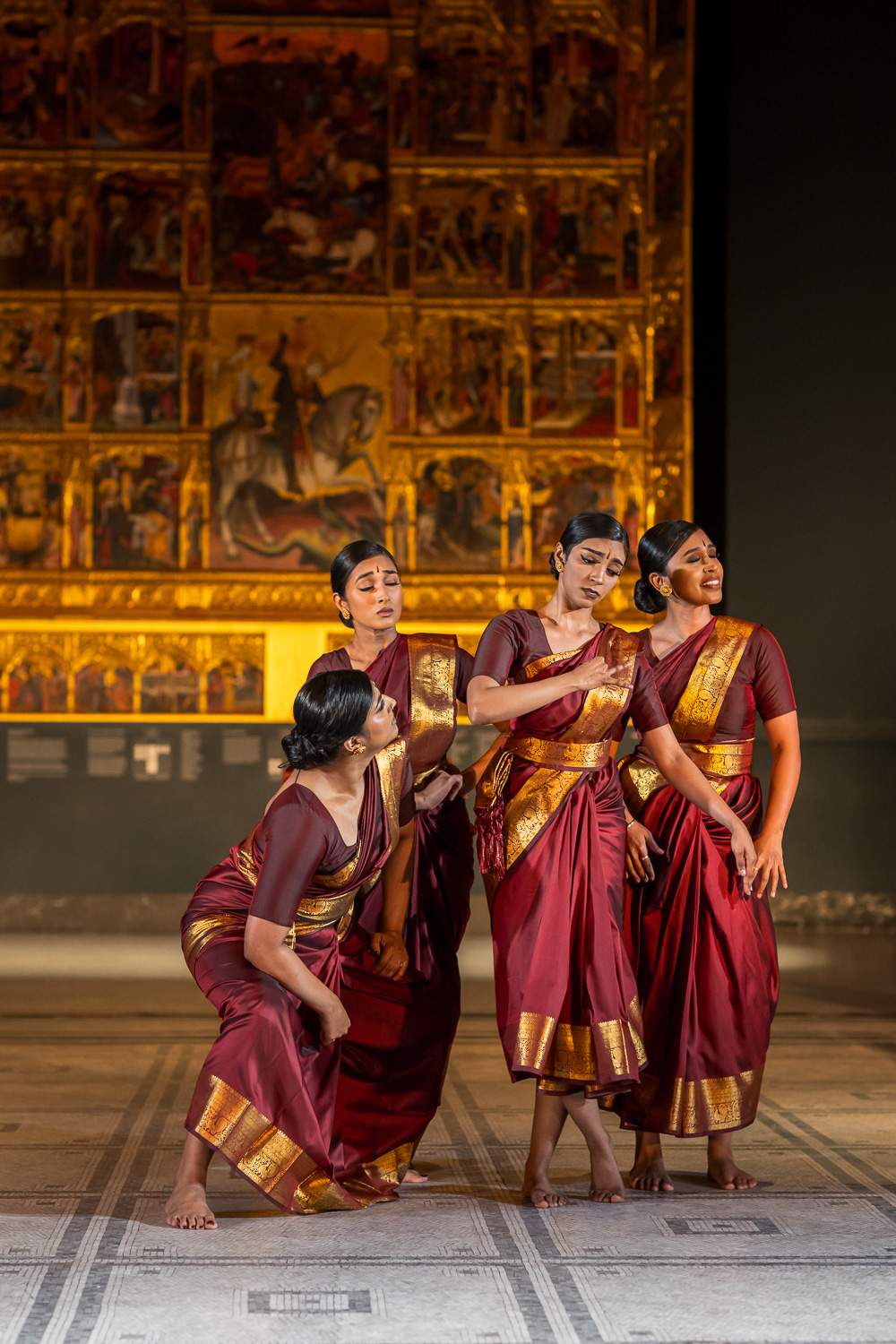
When did you first have the idea to combine hip hop and Bharathanatyam? Was it something you envisioned before taking classes?
No, I... actually, that's something at the beginning I didn't want to do. Because I have seen a lot of fusion that… I was like, “[This] doesn't talk to me.” But more and more I was learning those two styles… It all came from one night where I wanted to experiment. Just like... “Okay, if I balance those two cultures, how would I do [it]?” And the way that my creative process is like, “How can I switch those two styles, and… keep the essence of both?” This is how... I started to experiment. And somehow... I started to have fun.
Sometimes in [the] arts... if you have fun, then this is something that people will appreciate, you know? And I just started to create for myself. I did a video, and then little by little, I saw that this is something that I really appreciate doing... And I feel like people also somehow related to this, and I felt the impact on a bigger level... I'm not talking about the reach, but I would also say... people could understand the balance that I'm talking about… how it is for us... in Western countries, where we have to balance between cultures.
What was the leap like going from a dancer to a choreographer? How did you have to change the way you think?
To be honest, when I started to dance… I always wanted to be a choreographer… I was already… mentally prepared to go little by little behind the camera, which means… having your team dancing… I always love to bring a vision and it's okay if I'm not in the centre of it. So this is how I see… if I have an idea, I want to make it happen. So, choreographer has always been… the goal. And obviously, to be a choreographer, you need to be a dancer. So this is… the path to [become] a choreographer, and… also working to be a movement director.
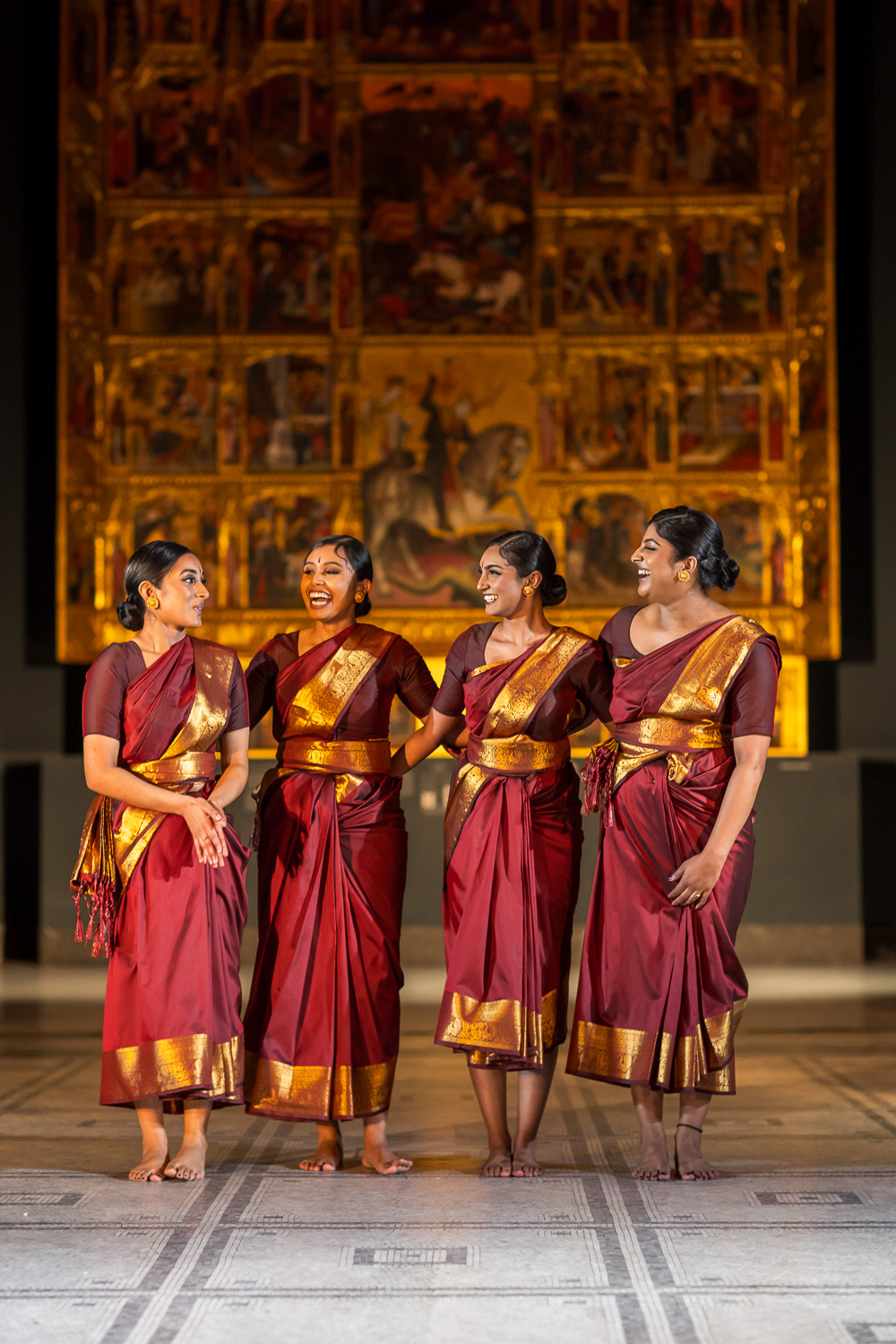
What's been the highlight of your art so far?
I think… my two pieces called ‘Do For Love’ and ‘Runaway’; I think [they] are the best pieces that I’ve created so far, because I think we can feel the maturity of the style little by little. Because obviously, when you start you experiment, then you try some things. And now I feel… the visual treatment that I have done on those two is… something that I'm proud of. I had… a bigger team now. We had a few makeup artists… There [were a] few assistants, and a DOP… it was such a cool time. I feel like this is something that makes me improve my vision also…
What's the reception been like from different audiences that you've performed for?
Actually… mostly it's kind of the same. Obviously some people like [it], some people [don’t] like [it], but mostly… I won't say I feel a difference in terms of… the audience, depending on the countries... The thing I can notice is… people who came from Eelam or India, they relate even more, because for them, it's like, “Okay, now I feel like this is something that I… understand…” They reflect [on] their identity because of the balance of culture and everything… But also, I have a lot of love from India and Eelam… they like how it is… because it's not the same, they don't have the same background, right..?
Obviously some people would… like [it] less, because it's two styles together. And some people have a problem, because hip hop is more like a street style, whereas Bharathanatyam has been classified now as something more elitist… But I think it's open[ed] a good debate. Like, I'm really open to debate. And I think because now, if we talk about Bharathanatyam’s origins and everything, it's not that elite… Everything, I think is a good point of conversation… Sometimes when people come it's always with respect, so it’s cool.
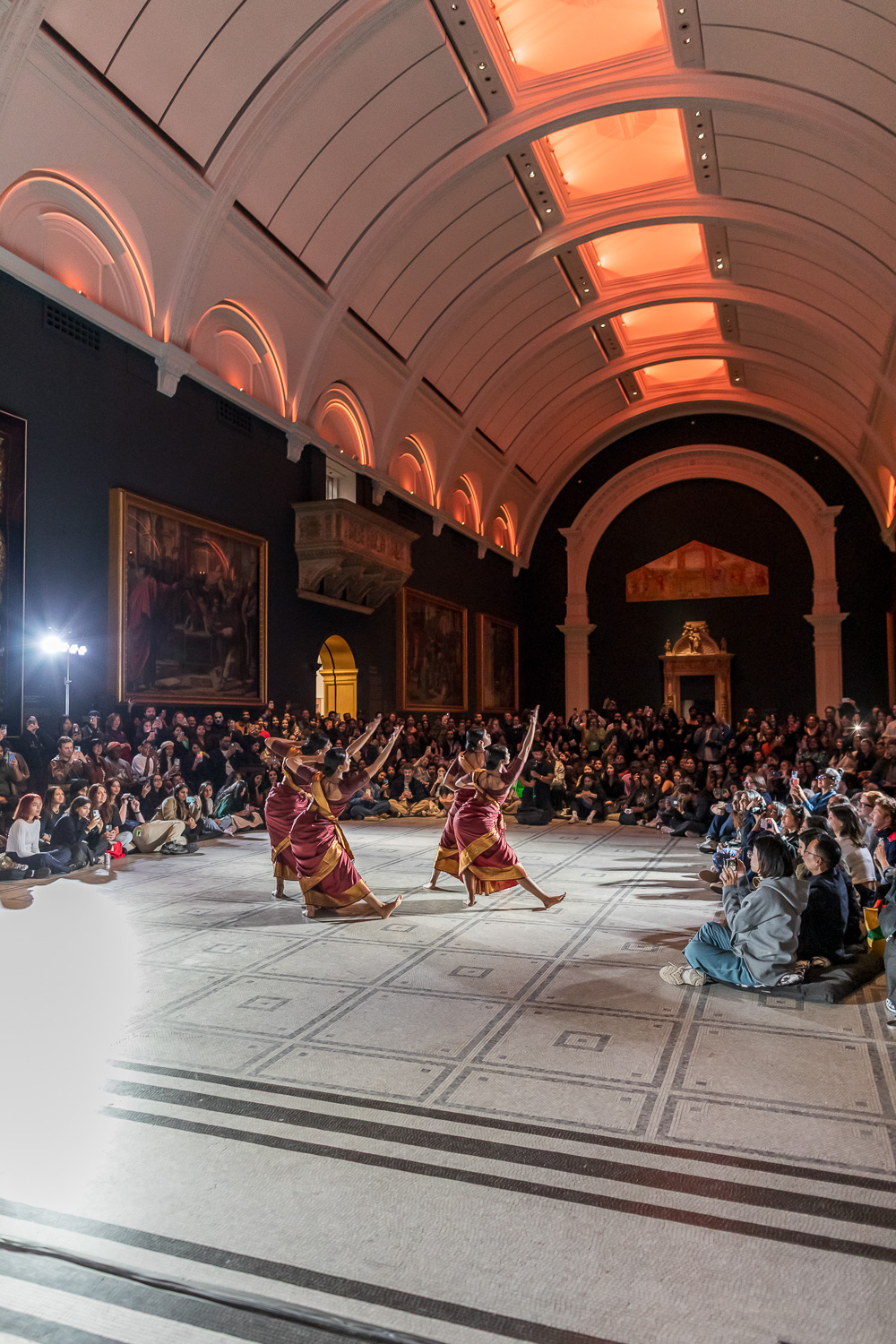
Being a member of the diaspora, do you feel more of a connection to your culture back home through Bharathanatyam?
Of course… Obviously, Bharathanatyam is a way to stay connected to your root[s], but for me to stay connected to Eelam, it's more about being updated about what's going on over there, to talk with my parents about what happened… Obviously, art helps to stay connected with the art side of our culture. But I think more than that, it's important to be more connected [on] what's happening over there… I'm grateful that I had the opportunity to also learn and write, I can read [and] talk Tamil... So there's something that I really think it's my heritage, and adding Bharathanatyam on top of it is… a blessing for me.
Five works of art which inspired Usha Jey.
1. Music: **CUDN'T B ME** - Jessie Reyez
2. Miniseries: Adolescence - written by Jack Thorne and Stephen Graham
3. Film: Meiyazhagan - dir. by C. Prem Kumar
4. Stage performance: Mazelfreten - Miel and Laura Nala
5. Stage performance: Gigenis - Akram Khan
Photos by Hydar Dewachi
Cover photo by John Evans and Abhi Arumbakkam
